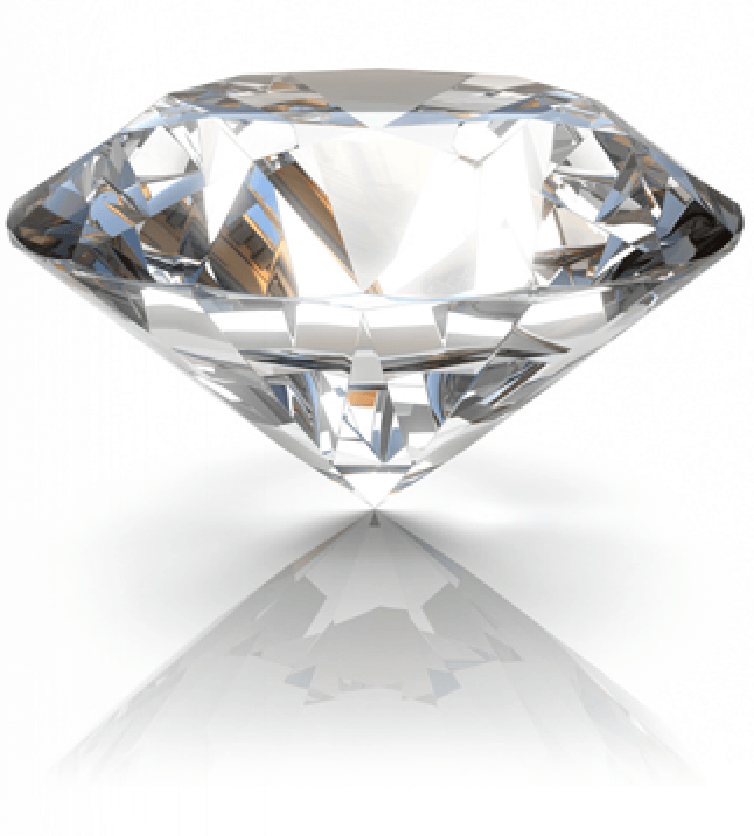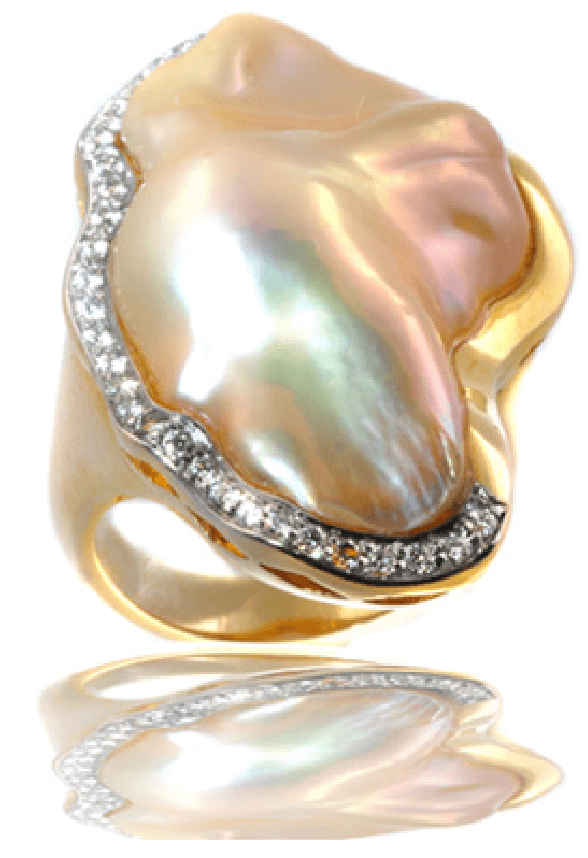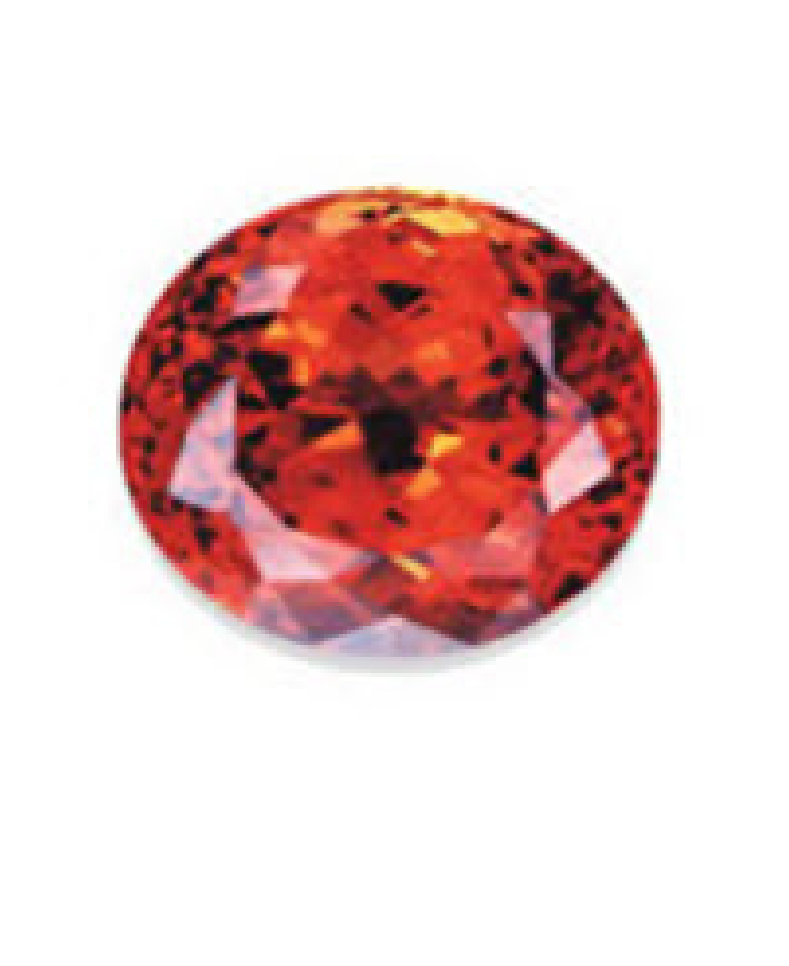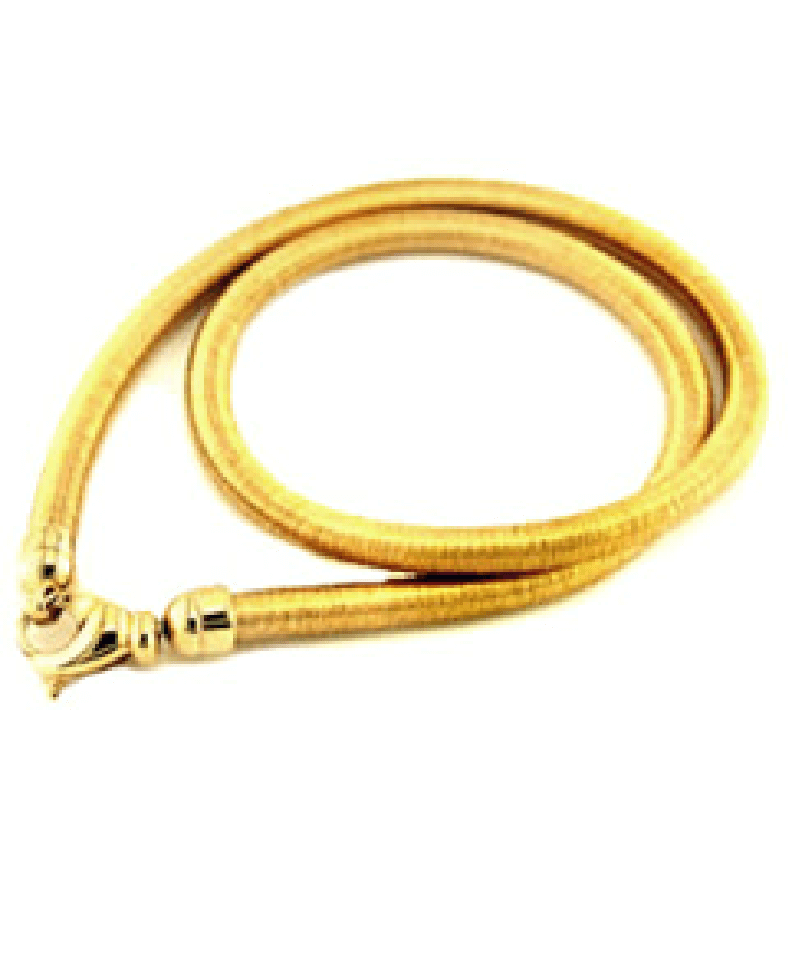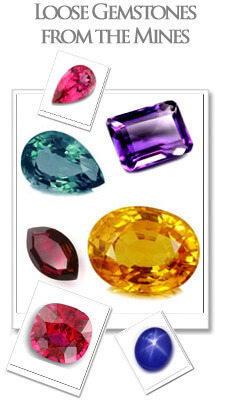ADDRESS: 772 Walker Rd. Great Falls, Va 22066
PHONE: 703.759.4076
HOURS: Tue – Sat 10:30 AM – 5:00 PM
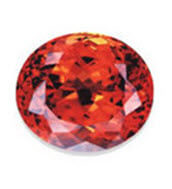
January – Garnet
The January birthstone, Garnet, signifies eternal friendship and trust, making it the ideal custom jewelry gift for your closest friend. Derived from the word granatum, Garnet means seed due to its likeness of a pomegranate seed. References to this gemstone date back to 3100 B.C., when the Egyptians used garnets as inlays jewelry. Garnet is the name for a group of minerals that are available in a rainbow of beautiful colors, from the deep red of the pyrope garnet to the vibrant green of tsavorites. Today, the most important sources for garnet are Africa, Sri Lanka, and India.
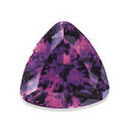
February – Amethyst
The February birthstone, Amethyst, is believed by ancient Greeks and Romans to ward off the intoxicating powers of Bacchus. It’s also said to keep its wearer clear-headed and quick-witted. Throughout history, this gemstone has been associated with many myths, legends, religions, and numerous cultures. English regalia were even decorated with amethysts during the Middle Ages to symbolize royalty. Amethyst is purple quartz, which offers a beautiful blend of violet and red that can be found in every corner of the earth. Historically, the finest amethyst was found in Russia and was featured in royal European jewelry. Today, while Brazil is the primary source of this February birthstone, fine material can be found elsewhere, especially in Zambia.
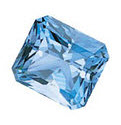
March – Aquamarine And Bloodstone
Aquamarine
The name aquamarine is derived from the Latin word aqua, meaning water, and marina, meaning the sea. This gemstone was believed to protect sailors, as well as to guarantee a safe voyage. The serene color of aquamarine is said to cool any temper, allowing the wearer to remain calm and levelheaded. Its pale, cool color beautifully complements spring and summer wardrobes. Aquamarine is most often light in tone and ranges from greenish blue to blue-green. In addition, the color is more intense in larger stones. This March birthstone is mined mainly in Brazil, but it is also found in Nigeria, Madagascar, Zambia, Pakistan, and Mozambique.
Bloodstone
Bloodstone, a dark-green jasper flecked with vivid red spots of iron oxide, is an ancient stone used by the Babylonians to make seals and amulets. It was believed to have healing powers, especially for blood disorders. It’s sometimes referred to as the martyr’s stone as legend tells that it was created when drops of Christ’s blood stained some jasper at the foot of the cross. Generally found embedded in rocks or in riverbeds as pebbles, primary sources for this stone include India, Brazil, and Australia.
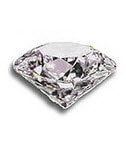
April – Diamond
As the April birthstone, diamond jewelry makes the perfect gift for a loved one. Fancy-color diamonds are natural, rare, and truly exotic gems of the earth. Diamonds in hues of yellow, red, pink, blue, and green range in intensity from faint to vivid and generally the more saturated the color, the higher the value. In fact, diamonds that sparkle with intense color are rare and may be priced higher than a colorless diamond of equal size. Because fancy-color diamonds are very desirable, color is sometimes introduced in a laboratory. These are correctly called color-treated diamonds. When purchasing a fancy-color diamond, the shopper should ask if any enhancements or treatments were used to improve its color and/or clarity.
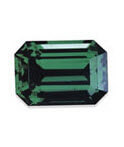
May – Emerald
As the May birthstone, the emerald, a symbol of rebirth, is believed to grant the owner foresight, good fortune, and youth. Emerald, derived from the word smaragdus, meaning green in Greek, was mined in Egypt as early as 330 B.C. Today, most of the world’s emeralds are mined in Colombia, Brazil, Afghanistan, and Zambia. The availability of high-quality emerald is limited.
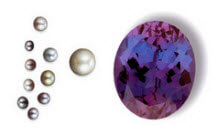
June – Pearl, Alexandrite, And Moonstone
Pearl
Historically, pearls have been used as an adornment for centuries. They were one of the most popular gem materials of the Roman Empire. Later in Tudor England, the 1500s were known as the pearl age. Pearls are unique as they are the only gems from living sea creatures and require no faceting or polishing to reveal their natural beauty. In the early 1900s, the first successful commercial culturing of round saltwater pearls began. Since the 1920s, cultured pearls have almost completely replaced natural pearls in the market.
Alexandrite
A relatively modern gem, Alexandrite, was first discovered in Russia in 1831 during the reign of its namesake, Czar Alexander II, and is an extremely rare chrysoberyl with chameleon-like qualities. Its color is a lovely green in both daylight and fluorescent light; it changes color to a purplish red in incandescent light. Due to its rarity, some custom jewelers will stock synthetic versions of this enchanting gemstone. (Synthetic gemstones are hand-crafted alternatives to the natural material, possessing the same physical, optical, and chemical properties as the natural gemstone.)
Moonstone
The third June birthstone is the Moonstone. It was given its name by the Roman natural historian Pliny, who wrote that the moonstone’s appearance altered with the phases of the moon—a belief that held true until well after the sixteenth century. A phenomenal gemstone, moonstones reveal a floating play of light (called adularescence) and sometimes showcase either a multi-rayed star or a cat’s eye. Considered a sacred stone in India, moonstones are displayed on a background of yellow (a sacred color) and are believed to encapsulate within the stone a spirit whose purpose is to bring good fortune. A part of the family of minerals called feldspar, moonstone occurs in many igneous and metamorphic rocks and are available in a variety of colors, such as green, blue, peach, and champagne. The most prized moonstones are from Sri Lanka, India, Australia, the United States, Mayanmar, and Madagascar.
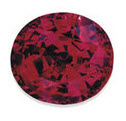
July – Ruby
There’s no better way to demonstrate your love for an individual than by giving a ruby—the July birthstone. Rubies arouse the senses, stir the imagination, and are said to guarantee health, wisdom, wealth, and success in love. Ruby is a variety of the gem’s species corundum. It is harder than any natural gemstone except diamond, which means a ruby is durable enough for everyday wear. Fine-quality ruby is extremely rare, and the color of the gem is most important to its value. The most prized color is a medium or medium-dark vivid red or slightly purplish red. If the gem is too light or has too much purple or orange, it’s called a fancy-color sapphire.
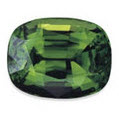
August – Peridot And Sardonyx
Peridot
The first August birthstone is Peridot, which is said to host magical powers and healing properties to protect against nightmares and to bring the wearer power, influence, and a wonderful year. As peridot is a gemstone that forms deep inside the Earth and is brought to the surface by volcanoes, in Hawaii, peridot symbolizes the tears of Pele, the goddess of fire and volcanoes. Today, most of the peridot supply comes from Arizona. Other sources are China, Myanmar, and Pakistan. This gemstone comes in several color variations, ranging from yellowish green to brown, but most consumers are attracted to the bright lime greens and olive greens. Peridot, in smaller sizes, is often used in beaded necklaces and bracelets.
Sardonyx
Sardonyx, the second August birthstone, is a form of onyx and is recognized by its layers of reddish brown and white banding. It was popular with the ancient Greeks and Romans who carried into battle talismans of sardonyx engraved with images of heroes such as Mars or Hercules, believing that this would bring courage and victory. Because of its attractive banding, sardonyx has long been used to fashion cameos (i.e. carved raised figures) and intaglios (the reverse of cameos). This gemstone is found throughout the world. The most attractive specimens are found in India, but the mineral is also mined in Czechoslovakia, Brazil, Uruguay, Germany, and in the United States.
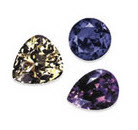
September – Sapphire
Sapphire, the September birthstone, has been popular since the Middle Ages, and according to folklore, will protect your loved ones from envy and harm. Medieval clergy wore sapphires to symbolize heaven, while commoners believed the gem attracted heavenly blessings. Blue sapphires range from very light to very dark greenish or violet-like blue, as well as various shades of pure blue. The most prized colors are a medium-to-medium-dark blue or slightly violet-like blue. Sapphire is a variety of the gem species corundum and occurs in all colors of the rainbow. Pink, purple, green, orange, or yellow corundum are known by their color (pink sapphire, green sapphire). Ruby is the red variety of corundum.
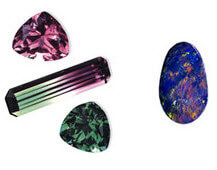
October – Tourmaline And Opal
Tourmaline
Tourmaline has become a favorite gemstone among jewelry designers and gem collectors around world over. Known for displaying several colors in a single gemstone, these bi-color or tri-color gems are formed in many combinations. One multi-color variety is known as watermelon tourmaline, which features green, pink, and white colors bands. To resemble its namesake, the gemstone is cut into thin slices having a pink center, white ring, and green edge. Tourmaline is found in many localities, including Brazil, Afghanistan, East Africa, and the United States.
Opal
October is also Opal birthstone month. The name opal derives from the Greek Opallos, meaning “to see a change (of color).” Opals range in colors, from milky white to black with flashes of yellow, orange, green, red, and blue. An opal’s beauty is the product of contrast between its color play and its background. Opal is a formation of non-crystalline silica gel that seeped into crevices in the sedimentary strata. Through time and nature’s heating and molding processes, the gel hardened into the form of opals. The opal is composed of particles closely packed in spherical arrangements. When packed together in a regular pattern, a three-dimensional array of spaces is created that give opal its radiance.
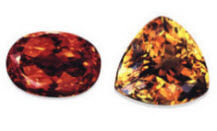
November – Topaz And Citrine
Topaz
Topaz, one of the November birthstones, is a gemstone available in a rich rainbow of colors. Prized for several thousand years in antiquity, all yellow gems in antiquity were called topaz. Often confused with citrine quartz (yellow) and smoky quartz (brown), quartz and topaz are separate and unrelated mineral species. The most prized color of topaz is called Imperial topaz after the Russian Czars of the 1800s and features a magnificent orange body color with pinkish undertones. Topaz also comes in yellow, pink, purple, orange, and the many popular blue tones.
Citrine
Citrine, the other November birthstone, is known as the “healing quartz”. This golden gemstone is said to support vitality and health while encouraging and guiding hope, energy, and warmth within the wearer. Citrine can be found in a variety of shades ranging from pastel yellow to dark brownish orange. It’s also one of the most affordable gemstones and plentiful in nature. Citrine is found most frequently in Brazil, Bolivia, and Spain.
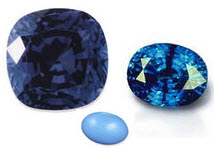
December – Tanzanite, Zircon, And Turquoise
Tanzanite
Discovered in the late 1960s in Tanzania, tanzanite exhibits a rich violet-blue color for which the gemstone is treasured; often, it is heat-treated to achieve this color. Colors range from blue to purple, and tanzanites that are medium dark in tone, vivid in saturation, and slightly violet blue command premium prices. As tanzanite can be less expensive than sapphire, it was purchased as an alternative. However, it has increased in popularity and now is valued more for its own beauty and brilliance than as a sapphire substitute.
Zircon
Derived from the Arabic words zar and gun, meaning gold and color, zircon is found in a wide range of colors that include blue, yellow, orange, brown, green, colorless, and red (the most prized color). For many years, colorless zircon was used to imitate diamonds. Folk wisdom grants zircon the power to relieve pain, whet the appetite, protect travelers from disease and injury, to ensure a warm welcome, and to prevent nightmares guaranteeing a deep and tranquil sleep. Major sources of zircon are the Chanthaburi area of Thailand, the Palin area of Cambodia, and the southern part of Vietnam.
Turquoise
The name turquoise, from the French expression Pierre tourques or Turkish stone, originated in the thirteenth century and describes one of the oldest known gemstones. Turquoise varies in color from greenish blue and robin’s egg-blue to sky blue shades, and its transparency ranges from translucent to opaque. Turquoise is plentiful and is available in a wide range of sizes. It is most often used for beads, cabochons, carvings, and inlays. Although its popularity fluctuates in fashion, it is a perennial favorite in the American Southwest.
Celebrate your loved one’s special day with a custom birthstone jewelry piece from Adeler Jewelers. Have questions? Visit our Flagship store in Great Falls, VA, and let our team of experienced jewelers help you find the perfect gemstone for every occasion!
offered with permission of the AGTA by Wendy Adeler Hall
CONFLICT
FREE
RECYCLED
MATERIALS
GIVING
BACK
All diamonds we use in our designs are acquired through conflict-free sources in accord with the Kimberley Process.
We use recycled & reclaimed gold in all pieces because we support efforts to protect the environment
We are firmly committed to supporting our community through donation as well as action. Our philanthropy includes community schools, churches and clubs in addition to larger national organizations.
AT YOUR SERVICE
In keeping with our commitment to exceptional customer service, we are pleased to offer these additional services.
MAKE AN
APPOINTMENT WITH
A JEWELRY
SPECIALIST 703.759.4076
OR ASK A QUESTION
MAKE AN
APPOINTMENT WITH
A JEWELRY
SPECIALIST 703.759.4076
OR ASK A QUESTION
Do you have a question or would just like to explore the possibility of a custom design? Please let us know and we will try to address your request within 24 hours. If you are looking to schedule an appointment, we never charge a consultation fee or take a deposit so there is no obligation.
We look forward to hearing from you.
-
-
Give us a Call703.759.4076
-


